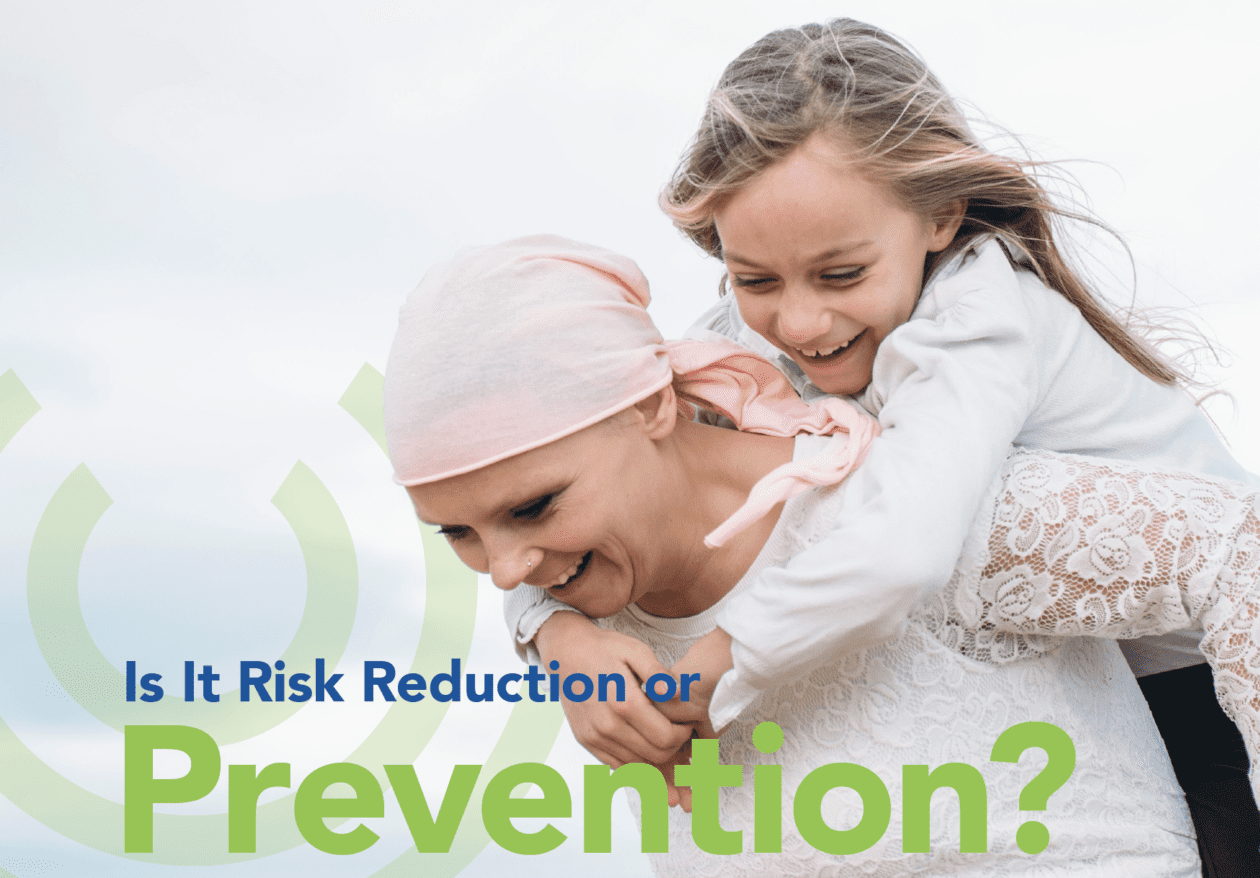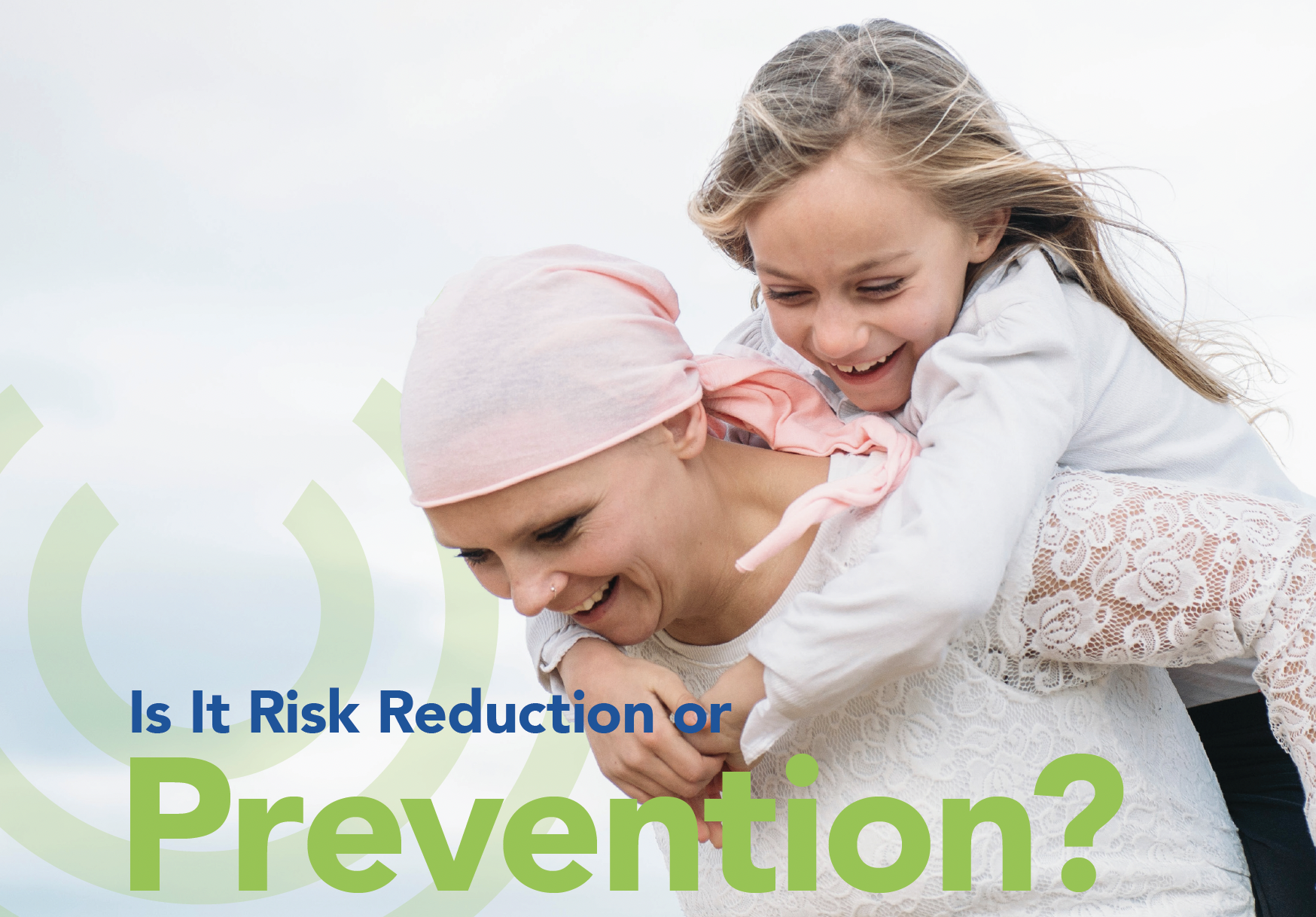

Merriam-Webster defines “prevent” as “to keep from happening or existing,” which is why the American Association for Cancer Research (AACR) refers to “preventable causes” of cancer. In other words, we may be unable to prevent cancer, but we can lessen our risk. These “preventable causes” are responsible for “more than 40 percent of all cancers diagnosed and nearly half of all deaths from cancer in the United States,” according to AACR.
The National Cancer Institute’s most-studied known or suspected risk factors for cancer are:
Age: advancing age is the most important risk factor for cancer overall and for many cancer types;
Alcohol: drinking alcohol can increase your risk of mouth, throat, esophagus, larynx (voice box), liver, and breast cancers;
Cancer-causing substances: environmental exposures to various chemicals can damage DNA and lead to cancer;
Chronic inflammation: over time, chronic inflammation can cause DNA damage and lead to cancer;
Diet: for example, frequent consumption of red and processed meat is a known risk factor for colorectal cancer;
Hormones: for example, being exposed for a long time and/or to high levels of estrogen and progesterone has been linked to an increased risk of breast cancer;
Immunosuppression: immunosuppressive diseases like HIV/AIDS, as well as drugs that suppress the immune system, make it less able to detect and destroy cancer cells or fight off cancer-causing infections;
Infectious agents: some viruses, bacteria, and parasites can cause cancer or increase cancer risk;
Obesity: being obese can increase the risk of cancers of the breast (in post-menopausal women), colon, rectum, endometrium (lining of the uterus), esophagus, kidney, pancreas, and gallbladder;
Radiation: ionizing radiation, including radon, X-rays, gamma rays, and other forms of high-energy radiation, can damage DNA and cause cancer;
Sunlight: exposure to ultraviolet (UV) radiation causes damage that can lead to skin cancer;
Tobacco: many cancers are linked to tobacco use, including lung, larynx (voice box), mouth, esophagus, throat, bladder, kidney, liver, stomach, pancreas, colorectal, and cervical cancer, as well as acute myeloid leukemia. Smokeless tobacco use increases the risk of mouth, esophagus, and pancreatic cancer. Tobacco use is a leading cause of cancer and of death from cancer.
Some risk factors, like age, cannot be avoided, but limiting your exposure to other factors may lower your risk of developing certain cancers.
The Benefits of Screening
Screening can find cancers and precancers early, making them easier to treat, and can also help reduce cancer deaths. Tests include mammography for breast cancer, Pap test for cervical cancer, colonoscopy for colorectal cancer, low-dose CT scan for lung cancer, PSA test for prostate cancer, and more.
The National Cancer Institute supports research to improve screening technology. “Current screening tests typically detect one type of cancer or precancer at a time,” they write. “In the future, early detection and screening approaches using liquid biopsies may detect multiple cancers simultaneously.”
Reduce Your Risk
RBOI’s licensed clinical social workers can help you with smoking cessation, stress reduction, and more. Our cancer navigator can help you with screening. There is no charge for these services.

Write a comment: